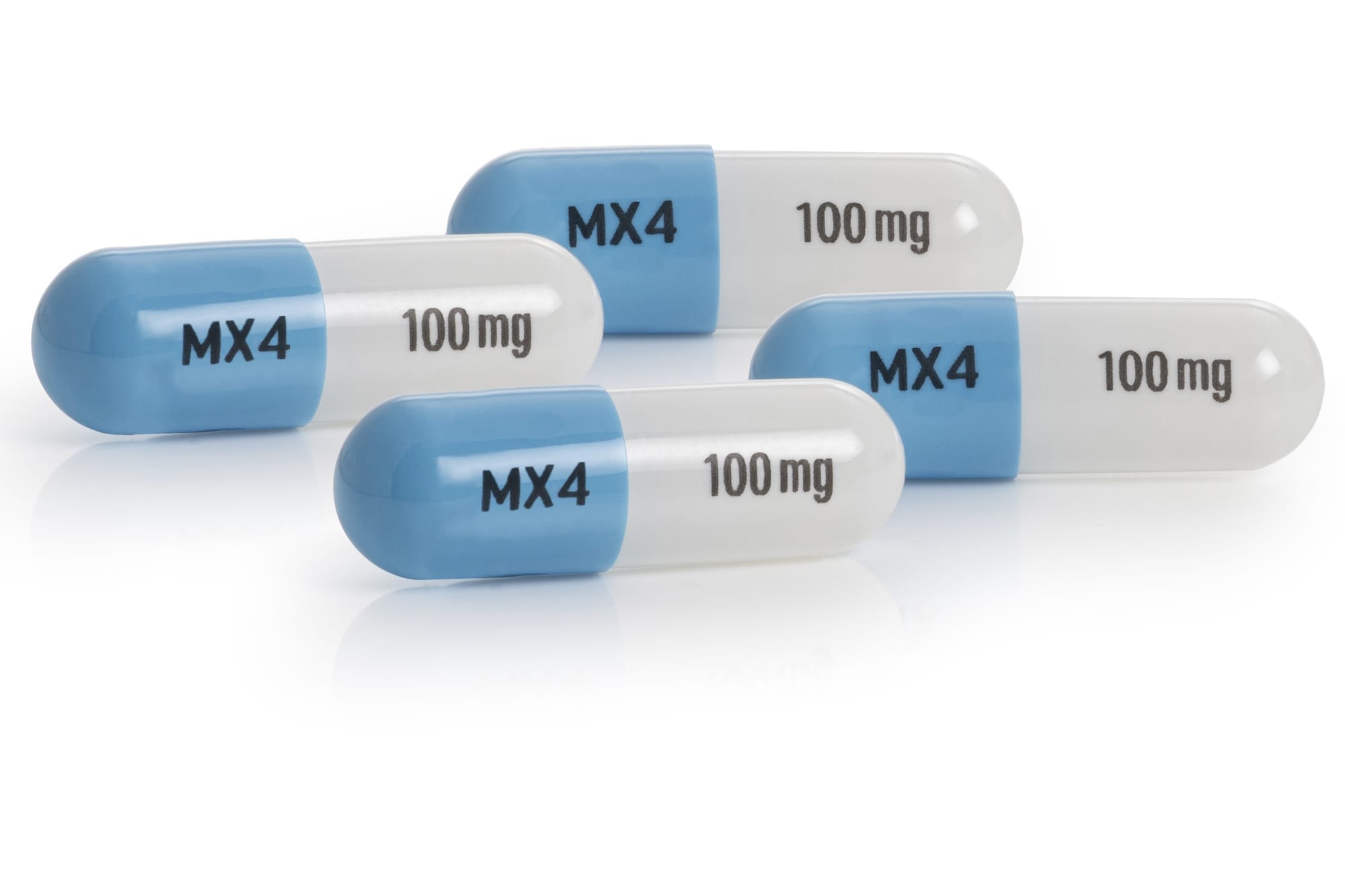The Food and Drug Administration (FDA) has approved Xolremdi™ (mavorixafor) for the treatment of patients 12 years of age and older with WHIM syndrome (warts, hypogammaglobulinemia, infections and myelokathexis) to increase the number of circulating mature neutrophils and lymphocytes.
WHIM syndrome is a hereditary immune deficiency caused by gain of function mutations in the chemokine receptor (CXCR4) gene. This leads to increased responsiveness to the CXCR4 ligand, CXCL12, and retention of leukocytes in the bone marrow. Xolremdi works by blocking the binding of CXCL12, resulting in increased mobilization of neutrophils and lymphocytes from the bone marrow into peripheral circulation.
The approval was based on data from the randomized, double-blind, placebo-controlled phase 3 4WHIM trial (ClinicalTrials.gov Identifier: NCT03995108), which evaluated the efficacy and safety of mavorixafor in 31 patients 12 years of age and older with WHIM syndrome. Study participants were randomly assigned to receive mavorixafor (n=14) or placebo (n=17) orally once daily. Efficacy was based on improvement in absolute neutrophil counts (ANC), improvement in absolute lymphocyte counts (ALC), and a reduction in infections.
Findings showed mavorixafor was associated with statistically significant and clinically relevant longer times above threshold levels for both absolute neutrophil counts (least squares [LS] mean [SE]: 15.0 [1.89] hours vs 2.8 [1.52] hours, respectively; P <.0001) and absolute lymphocyte counts (LS mean [SE]: 15.8 [1.39] hours vs 4.6 [1.5] hours, respectively; P <.0001) compared with placebo. Treatment with mavorixafor also resulted in reductions in the rate, severity, and duration of infections vs placebo.
The most common adverse reactions reported with mavorixafor were thrombocytopenia, pityriasis, rash, rhinitis, epistaxis, vomiting, and dizziness.
“Until now, supportive care for people with WHIM syndrome has focused on symptom management and not the underlying cause of disease, the dysfunction of the CXCR4 pathway,” said Teresa K. Tarrant, MD, Associate Professor of Medicine, Rheumatology, and Immunology at Duke University School of Medicine and a principal investigator in the 4WHIM trial. “I am thrilled that with the approval of Xolremdi, a therapy designed to address dysregulated CXCR4 pathway signaling, we now have a targeted treatment that has demonstrated the ability to elevate absolute neutrophil and lymphocyte counts, increasing WHIM patients’ ability to fight infections.”
Xolremdi is supplied as a 100mg strength capsule.
References:
- X4 Pharmaceuticals announces FDA approval of Xolremdi™ (mavorixafor) capsules, first drug indicated in patients with WHIM syndrome. News release. X4 Pharmaceuticals. April 29, 2024. https://www.globenewswire.com/news-release/2024/04/29/2871050/0/en/X4-Pharmaceuticals-Announces-FDA-Approval-of-XOLREMDI-mavorixafor-Capsules-First-Drug-Indicated-in-Patients-with-WHIM-Syndrome.html.
- Xolremdi. Package insert. X4 Pharmaceuticals; 2024. Accessed April 29, 2024. https://www.xolremdihcp.com/pdf/prescribing-information.pdf?utm_source=Press_Release&utm_medium=Press_Release&utm_campaign=CF~Press_Release~SC~Launch_Announcement~&utm_term=AU~PR_Audience~&utm_content=AT~CTA-See_PSI~.
